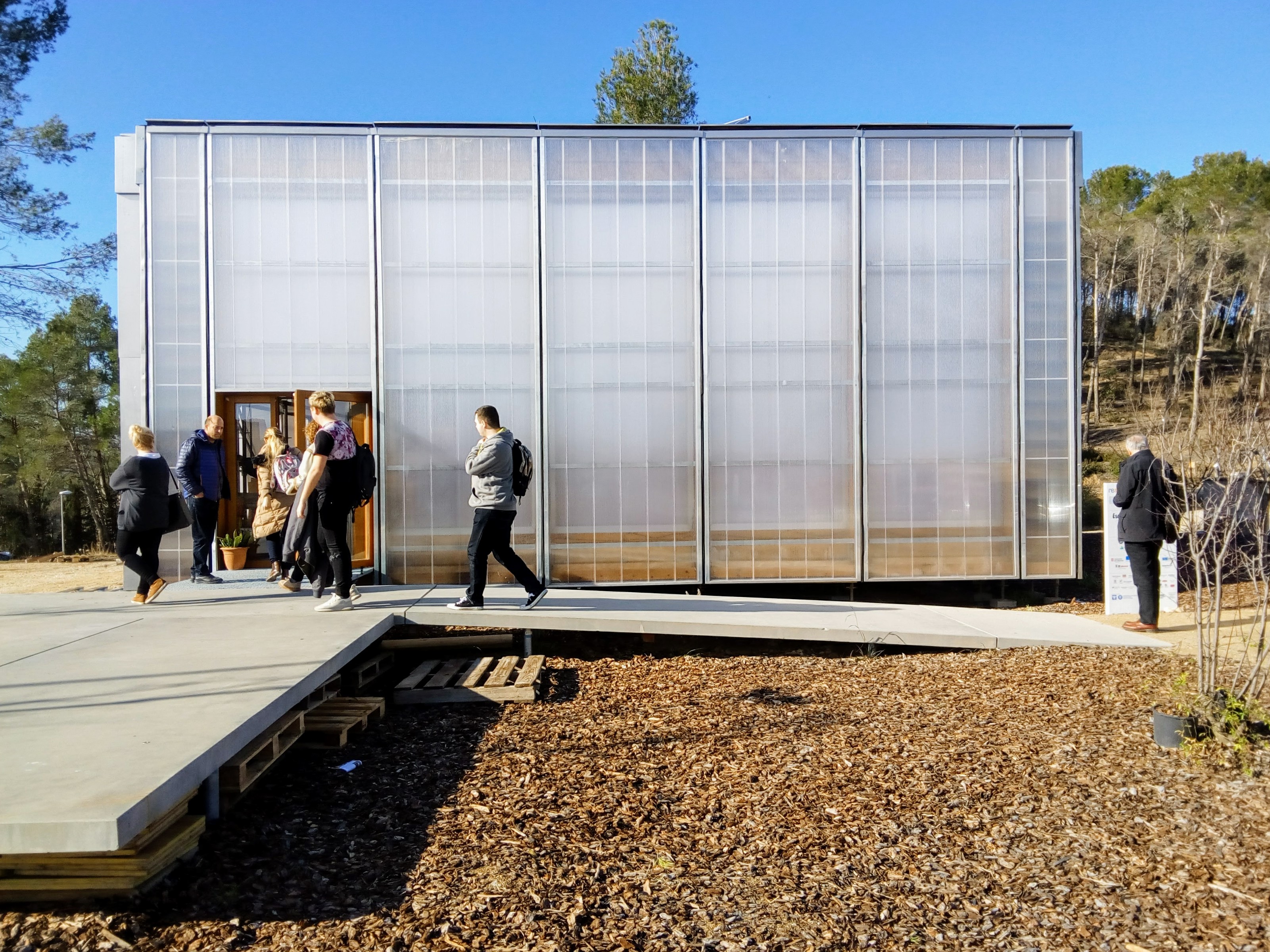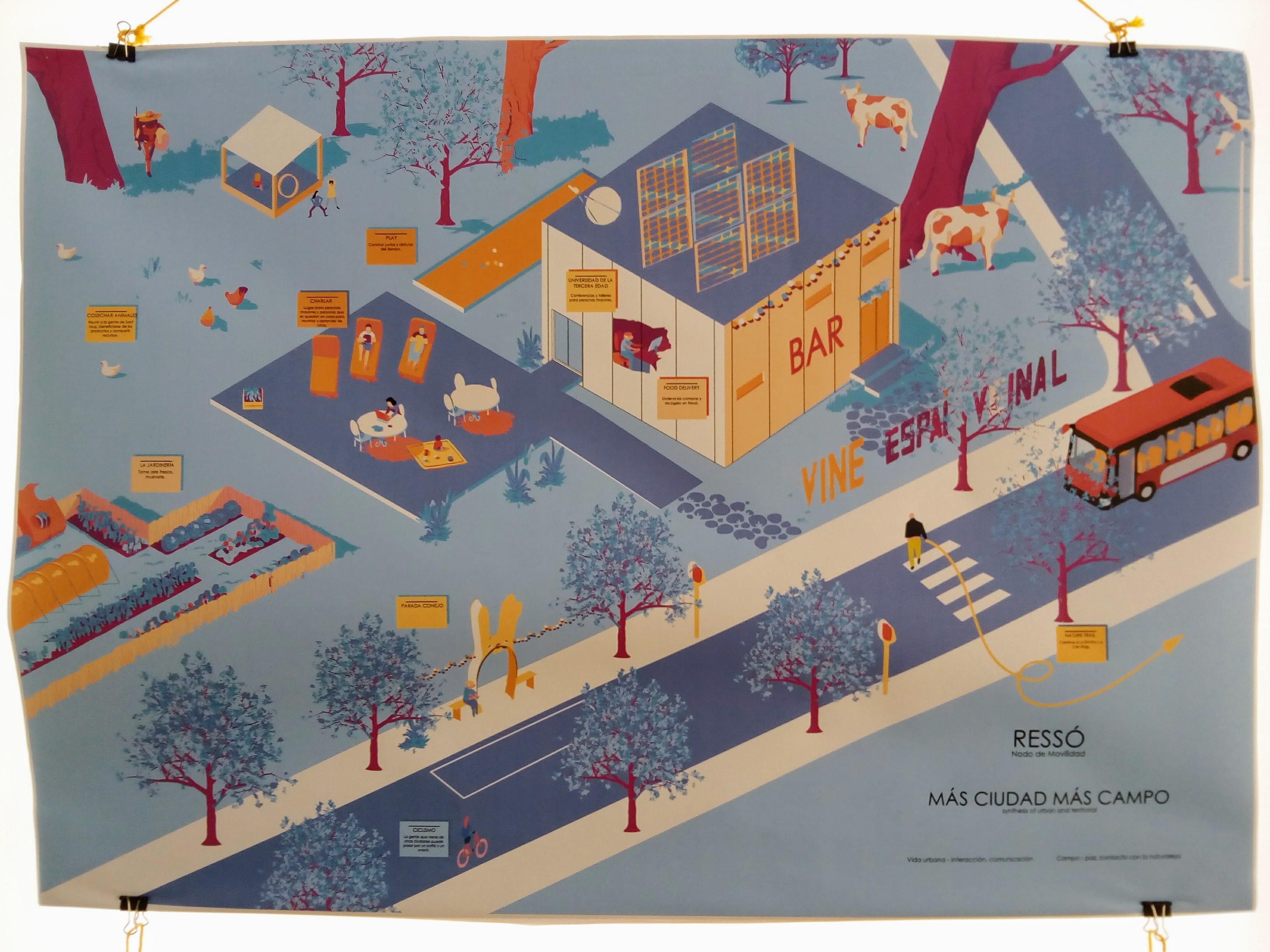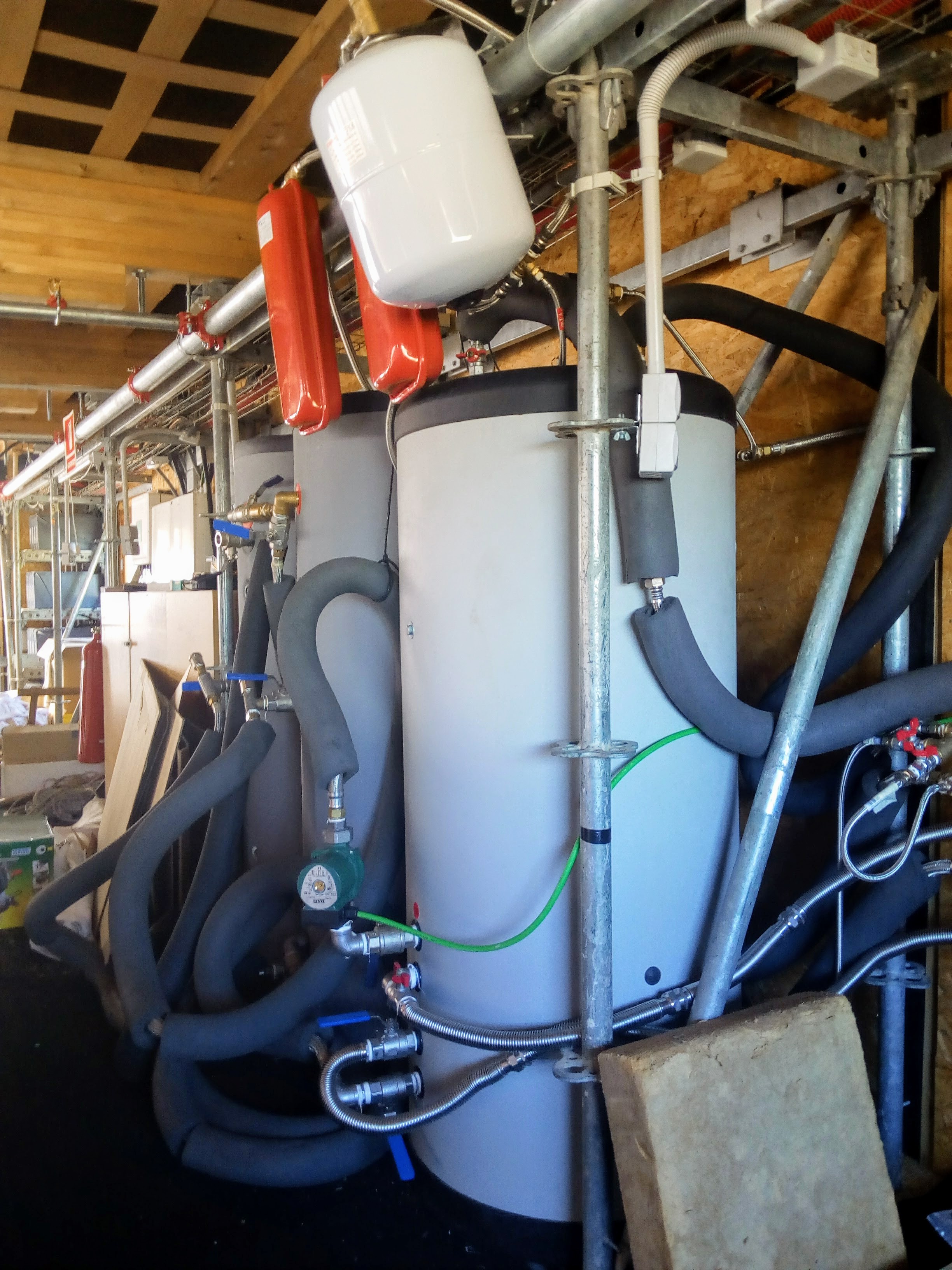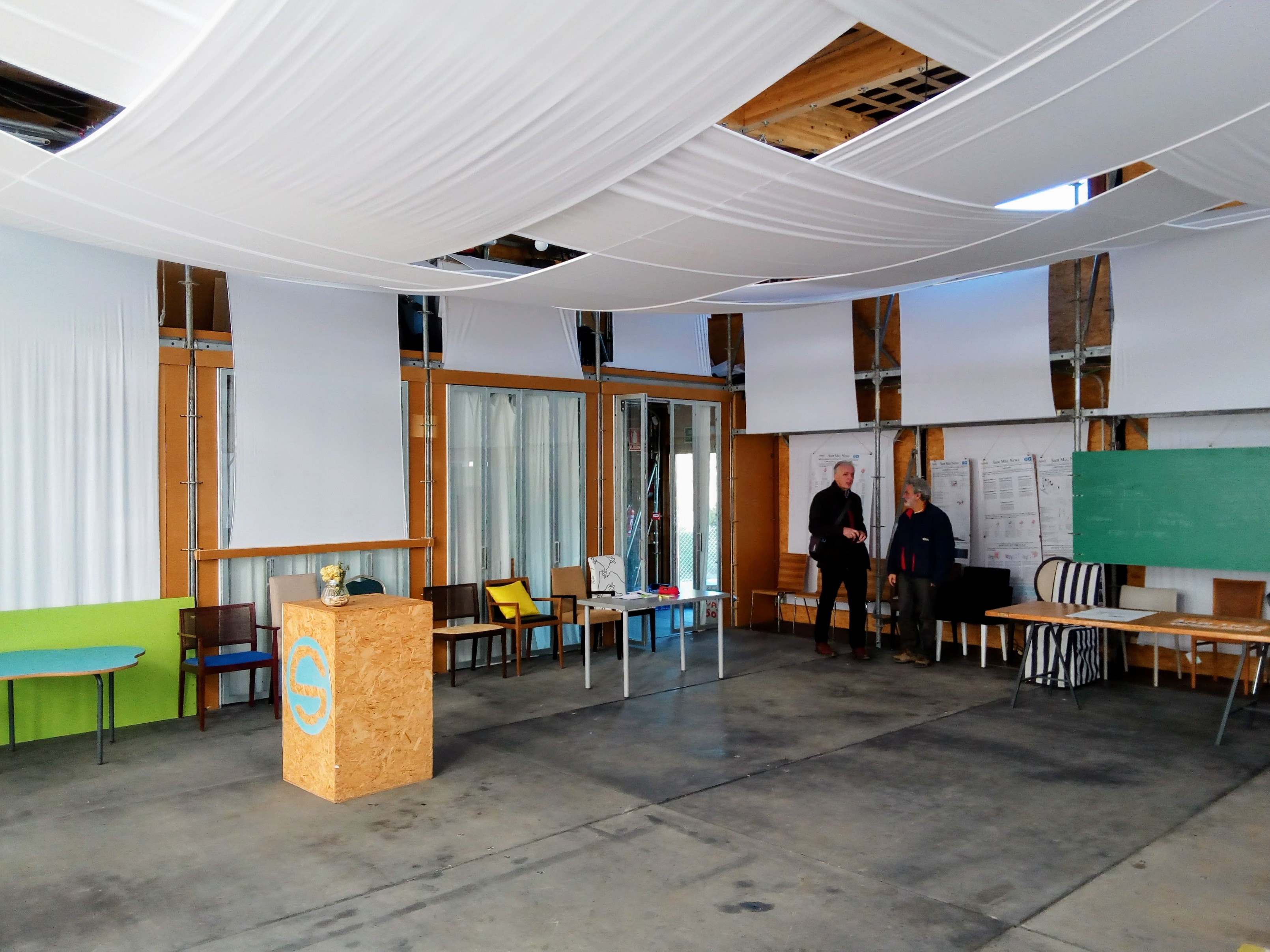Empirical experimentation has always been intrinsic to architecture. Attempting to build something that has never been built before in terms of form, height, structural spans, new kinds of building methods and materials, or new ways of living is a basic human trait that has always involved learning through trial and error. Indeed, what is architecture if not experimentation? But lately, it seems that a new fascination with science has emerged in some architectural quarters, with design studios of some schools increasingly resembling science laboratories. Is this just a passing fashion, like other disciplines in which architecture has dabbled, or is it genuine?

One difference between science and architecture is that in the former, an ongoing ethical debate forms an important part of the discourse; a constant questioning of the potential ends toward which certain kinds of scientific research might be applied. Another difference is the basis of scientific “rigour” in skepticism and verifiability, whereas in architecture, it is branding, buzz, and shameless self-promotion that are de rigueur.

But there are exceptions to the seeming lack of ethics and scientific rigour in architecture. An example is the PAuS (Platform for Architecture and Sustainability) studio of the ETSAV-UPC architecture school initiated and taught by professors Daniel Calatayud and Coque Claret. This “design-build” studio participates both in international Solar Decathlon competitions (regularly winning prizes) as well as with locally struggling communities in order to improve urban-architectural energy-efficiency and quality of life. In 2014, Calatayud and Claret spearheaded a team of 50 students to design and build Ressò, an energetically self-sufficient community centre at the European Solar Decathlon in Versailles, France, that went on to win first prize in both the “Architecture” and “Innovation” categories and third prize for “Urbanism.” But that was not enough. After the competition, the community centre was dismantled, shipped back to Barcelona, and reassembled on an empty lot in a disadvantaged exurban neighbourhood of self-built houses as a meeting place for neighbours to learn how to improve the energy-efficiency of their homes with the help of student volunteers. Energy-poverty is a serious problem in Spain, a sunny country where PV panels are taxed in order to dissuade their use (this is no joke).

While visiting their different Solar Decathlon entries on the ETSAV campus and in the community, it became evident that this is architecture at its most scientific, not only in rigour but also in spirit. Unlike so many places that fashionably call themselves “labs” these days, their buildings are genuine scientific apparatuses where ongoing tinkering and experimentation occurs with the aim of improving performance. Different types of batteries for storing surplus energy are tried out, as are different Trombe Wall designs or different building materials, while sensors collect data which is compared and assessed. Finally, the experience and the knowledge gained from years of experimentation is shared with the community and collaboratively applied, in the process of which students learn not only everything there is to know about energy-efficient building design and construction, but also about sociology, economics, and culture. Recognition has been slow in coming, but currently some former students of Calatayud and Claret –the firm Harquitectes— are shortlisted for the Mies van der Rohe prize with a modest, compact rowhouse that has been rehabilitated to be more energy-efficient. Arqbag, a collective emulating the Ressò initiative in a different community, is another spin-off of theirs.

The work of Calatayud and Claret brings to mind the work of Rural Studio, the Auburn University design-build studio founded by the late Samuel Mockbee in 1993 that works with impoverished communities in Hale County, Alabama. In both of these programs, experimentation is directed toward finding new ways to design and build with recycled materials, minimizing energy consumption, and finding new ways that architecture can be of service to local communities. While many architecture schools have design-build programs, not so many result in relatively permanent, useful buildings that alleviate problems faced by a real community.

When it comes to experimentation in architecture, a field which seems to attract an inordinate number of charlatans and snake oil salespeople, skepticism is especially warranted. In the case of the Ressò community centre, its degree of success as an architectural experiment is there for all to see, feel and verify for themselves; even to learn from.